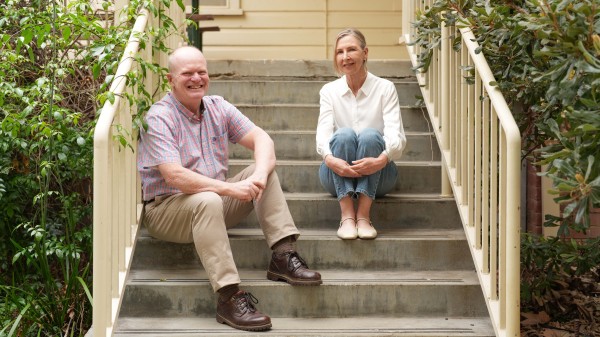When neurons go wrong
“And actually, it worked!”
An excited grin comes over Dr Nathalie Dehorter’s face as she says these words, the significance of which would resonate with anyone who’s ever undertaken research.
But the significance is even greater when you consider the potential impact of Dr Dehorter’s findings.
“I was looking at Parkinson’s Disease, working on detecting early signs of neuronal impairment. We found that some specific neurons were displaying aberrant oscillations really early on, and well before the first motor symptoms appear.
“What we proposed was to block such aberrant oscillations with specific drugs and”—cue grin—“actually it worked! It worked on our mouse models in vitro and in trials on patients, it improved their motor symptoms by 30 percent.”
Dr Dehorter, who undertook this research in France and the UK, has come to the John Curtin School of Medical Research (JCSMR) at ANU to apply the same concept to the research of other neurodevelopmental disorders.
“Neuronal activity is clearly different in an autistic brain, but we lack information about how neurons change their activity. We know genes and environmental factors are involved, but the mechanisms underlying the adaptation of neuronal activity, and all the steps from the starting point to the behavioural outcomes, are what we need to work out.
“In autistic children you have stereotypic repetitive movements, so we want to decipher the mechanisms underlying the emergence of motor symptoms. We are using a model of autism in mice to study early neuronal alterations which then later leads to impairments.
“It’s really interesting because detecting the molecules involved in early impairment of neuronal activity will open the path to novel therapeutic strategies. We could target new genes which may be really important for the treatment of these diseases.”
Dr Dehorter says she chose JCSMR for her research because of the facilities, particularly the Australian Phenomics Facilitity, the multidisciplinary approach, and the opportunities for internal collaboration.
Her research students work alongside her, benefiting from the same environment.
They also get to work on research which could make a real difference.
“That really motivates me, the outcomes. I’m driven by the hope we can add a piece to the puzzle.”








